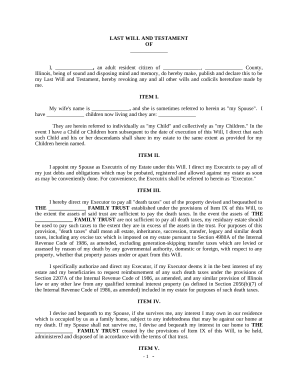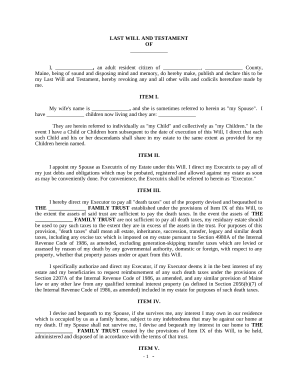








Document management can stress you when you can’t locate all the documents you require. Fortunately, with DocHub's extensive form library, you can find all you need and quickly handle it without switching among apps. Get our Complex Estate Planning and start working with them.
The best way to manage our Complex Estate Planning using these easy steps:
Try out DocHub and browse our Complex Estate Planning category easily. Get your free profile right now!